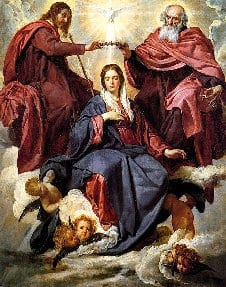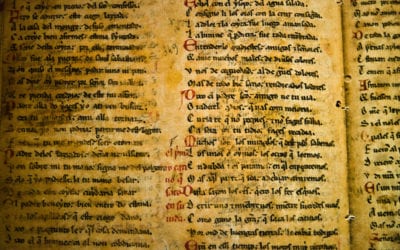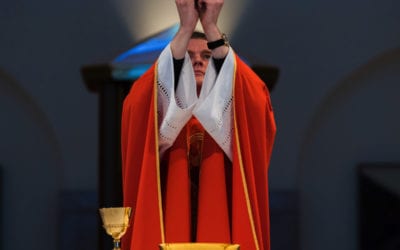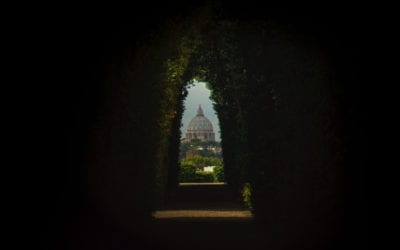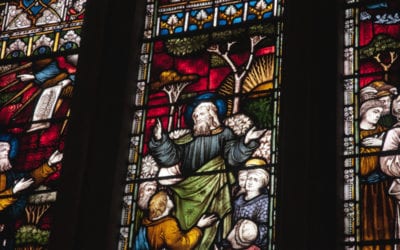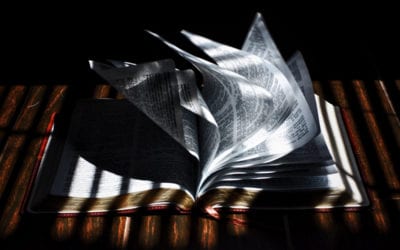The word “saints” is synonymous with “believers.” Paul’s letters were addressed to the saints of various churches.
• Paul, an apostle of Christ Jesus by the will of God, To the saints who are at Ephesus … (Ephesians 1:1 NASB)
• Paul and Timothy, bond-servants of Christ Jesus, To all the saints in Christ Jesus who are in Philippi … (Philippians 1:1 NASB)
• Paul, an apostle of Christ Jesus by the will of God, and Timothy our brother, To the church of God which is at Corinth with all the saints … (2 Corinthians 1:1 NASB)
Praying to saints is a form of communication with the dead. Even with the very best of intentions, it is a seance to conjure the dead. In the Old Testament, King Saul of Israel greatly offended God by attempting to communicate with Samuel, who had died. The story is at 1 Samuel 28:7-11.
Catholic tradition gives saints positions that belong to God alone. For example, prominent Catholic leaders have advocated that Mary be named co-redeemer, a position co-equal with Christ.
Tradition also awards Mary a status that God has resoundingly rejected—there is no Queen of Heaven. Do you not see what they are doing in the towns of Judah and in the streets of Jerusalem? The children gather wood, the fathers light the fire, and the women knead the dough and make cakes of bread for the Queen of Heaven. They pour out drink offerings to other gods to provoke me to anger. (Jeremiah 7:17-18)
Pope Pius XII proclaimed the Dogma of the Assumption. He stated that “at the end of her earthly course, Mary was assumed into heavenly glory, body and soul” In other words, it is Catholic doctrine that Mary never died.
Only Jesus can speak to God (the Father) on your behalf: For there is one God and one mediator between God and men, the man Christ Jesus. (1 Timothy 2:5)
Ten Commandments
The Ten Commandments are among the initial religious values taught to children. The Roman Catholic Church teaches only nine of these commandments. The second commandment forbids idolatry. Catholic teaching conceals this command to conceal the idolatry that permeates...
Communion
The early Catholic position about bread and wine becoming the literal body and blood of Christ was clearly stated. For example, the Council of Trent (1551 AD) wrote, “a change is brought about of the whole substance of the bread into the substance of the body of...
Papal Authority
The Catholic Church asserts that Peter was the rock on which God built the worldwide Church. Their belief is that the following scripture established Peter as the first Pope. And I tell you that you are Peter, and on this rock I will build my church, and the gates of...
Tradition
Catholic rules prevent priests and nuns from marrying, while forbidding specific food, such as meat on Fridays during Lent. Paul foretold these two requirements two thousand years ago, calling them things taught by demons. “The Spirit clearly says that in later...
The Blood Covenant
The Lord confides in those who fear him, he makes his covenant known to them. (Psalm 25:14)Salvation is only through a personal, covenant relationship with God. This is the covenant I will establish with the people of Israel after that time, declares the Lord.I...
